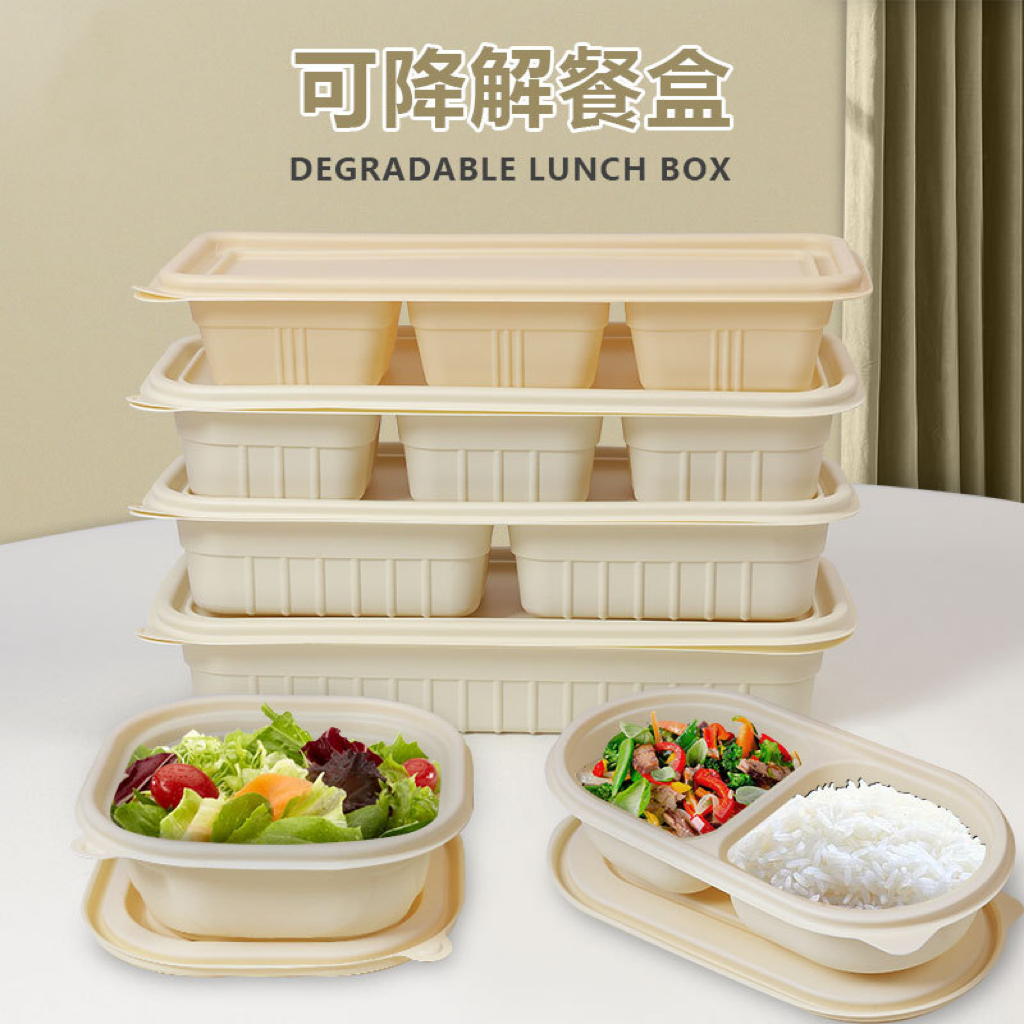
Exploring the Versatility of Cornstarch Trays in Sustainable Packaging and Beyond
2025-03-18 15:52Introduction
In an era where sustainability drives innovation, cornstarch trays have emerged as a compelling alternative to traditional packaging materials. Derived from renewable corn starch, these trays combine eco-friendliness with practical functionality, making them a favorite in industries ranging from food service to industrial applications. By harnessing the natural properties of cornstarch—a plant-based, biodegradable resource—these trays offer a balance of strength, versatility, and environmental responsibility. This article explores the defining characteristics of cornstarch trays and their transformative roles in food packaging, catering, and broader industrial uses, revealing why they’re reshaping how we approach disposable goods.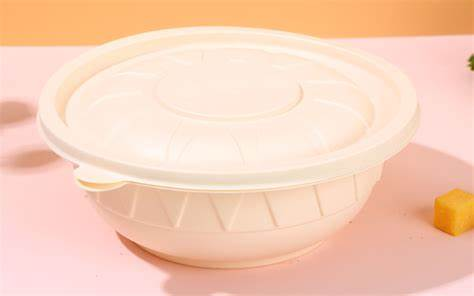
Characteristics of Cornstarch Trays
Cornstarch trays are molded products made from corn starch, often blended with water, fibers, or biodegradable additives, and processed through techniques like heat pressing or extrusion. This creates a material with unique properties suited to modern demands for sustainability and performance. Let’s examine their key features.
Biodegradability and Compostability
The standout trait of cornstarch trays is their eco-friendly nature. Unlike petroleum-based plastics, these trays break down naturally in composting conditions, typically within 90–180 days, depending on environmental factors like moisture and microbial activity. This biodegradability reduces landfill waste, offering a guilt-free disposal option for consumers and businesses alike.Renewable Resource Base
Made from corn—a widely cultivated, renewable crop—cornstarch trays tap into an abundant natural resource. This contrasts with finite fossil fuels used in conventional plastics, aligning with global efforts to reduce carbon footprints. Their production leverages agricultural byproducts, adding a layer of sustainability that resonates with environmentally conscious markets.Strength and Structural Integrity
Despite their organic origins, cornstarch trays exhibit surprising durability. They can withstand moderate weights and pressures, making them suitable for holding food items like sandwiches or pastries without collapsing. While not as rigid as polystyrene, their strength is adequate for single-use applications, enhanced by design features like ribbed edges or reinforced bases.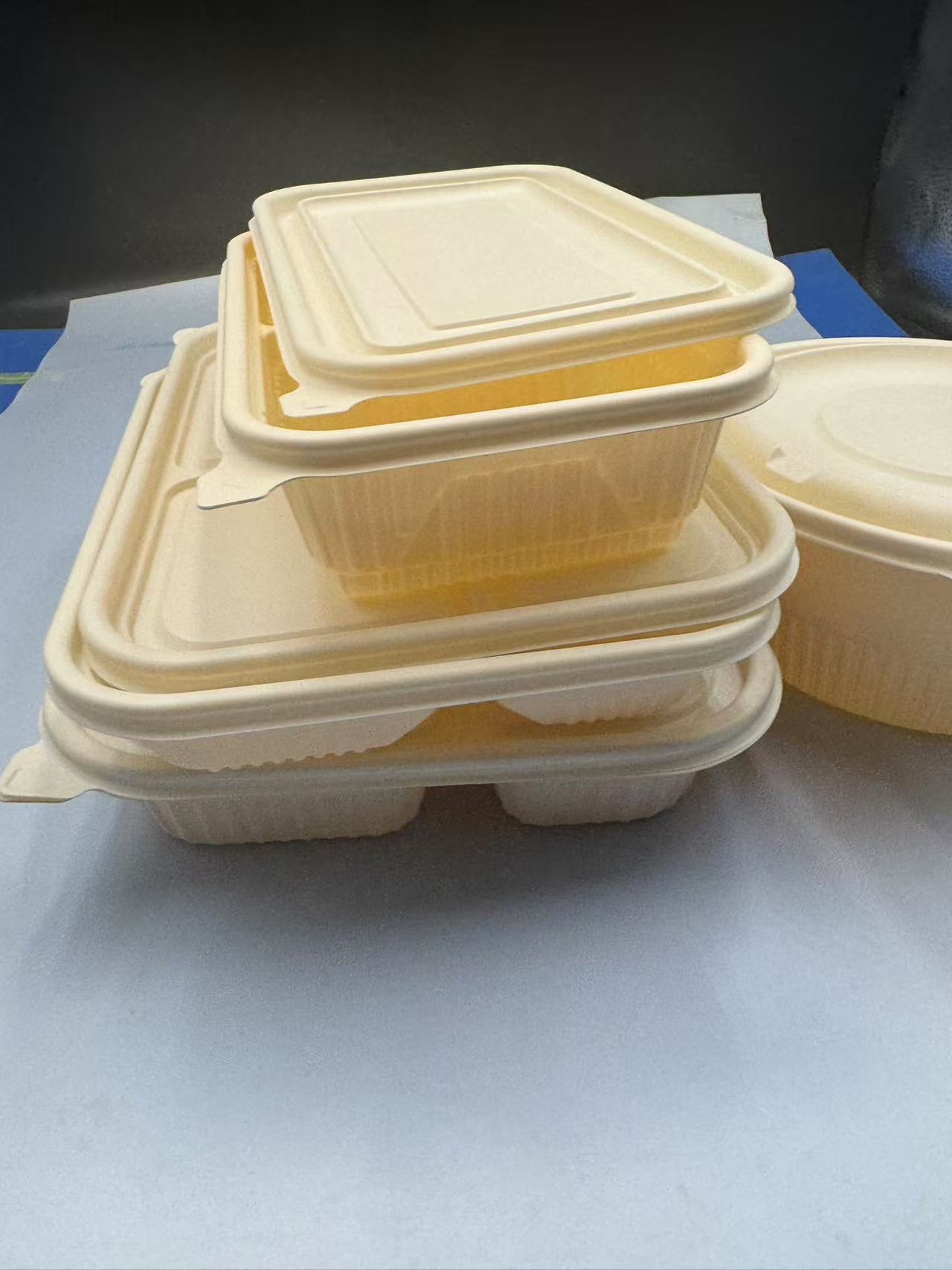
Heat and Moisture Resistance
Cornstarch trays offer decent resistance to heat and moisture, though they’re not as robust as some synthetic alternatives. They can handle hot foods up to about 100°C (212°F) for short periods and resist sogginess from wet items like salads or sauces, provided they’re used promptly. Additives like plant fibers or coatings can further boost these properties, tailoring them to specific needs.Lightweight and Cost-Effective
Weighing less than many plastic or foam counterparts, cornstarch trays reduce shipping costs and ease handling. Their production is relatively economical, leveraging abundant raw materials and straightforward manufacturing processes, making them an affordable choice for businesses transitioning to greener options.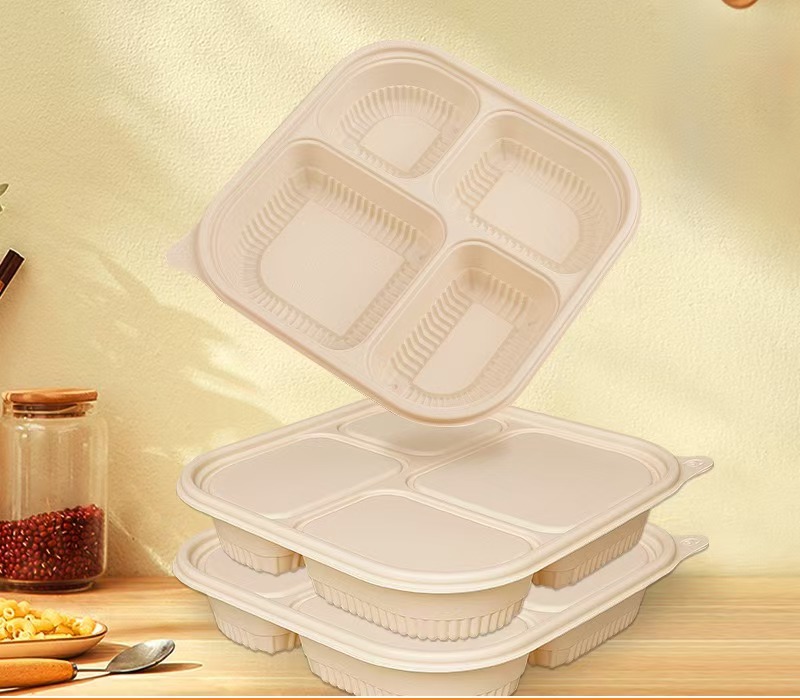
These characteristics position cornstarch trays as a practical, planet-friendly solution, bridging the gap between performance and sustainability in a variety of applications.
Cornstarch Trays in Food Packaging
Food packaging demands materials that ensure safety, convenience, and appeal, all while addressing environmental concerns. Cornstarch trays shine in this sector, offering a biodegradable alternative that meets both consumer and regulatory expectations.
Safe and Hygienic Food Containment
Cornstarch trays are naturally food-safe, free from harmful chemicals like BPA or phthalates found in some plastics. Their smooth, non-porous surface resists bacterial growth, making them ideal for packaging fresh produce, baked goods, or ready-to-eat meals. Picture a bustling farmers’ market where vendors serve warm cornbread on cornstarch trays—customers enjoy a clean, eco-friendly experience without worry.Eco-Friendly Takeout Solutions
With the rise of takeout culture, single-use packaging waste has surged. Cornstarch trays provide a sustainable fix. A local café might use them to pack a quinoa salad, knowing the tray will hold its shape under the weight of veggies and dressing, then decompose harmlessly after use. This aligns with consumer demand for green alternatives, enhancing brand reputation.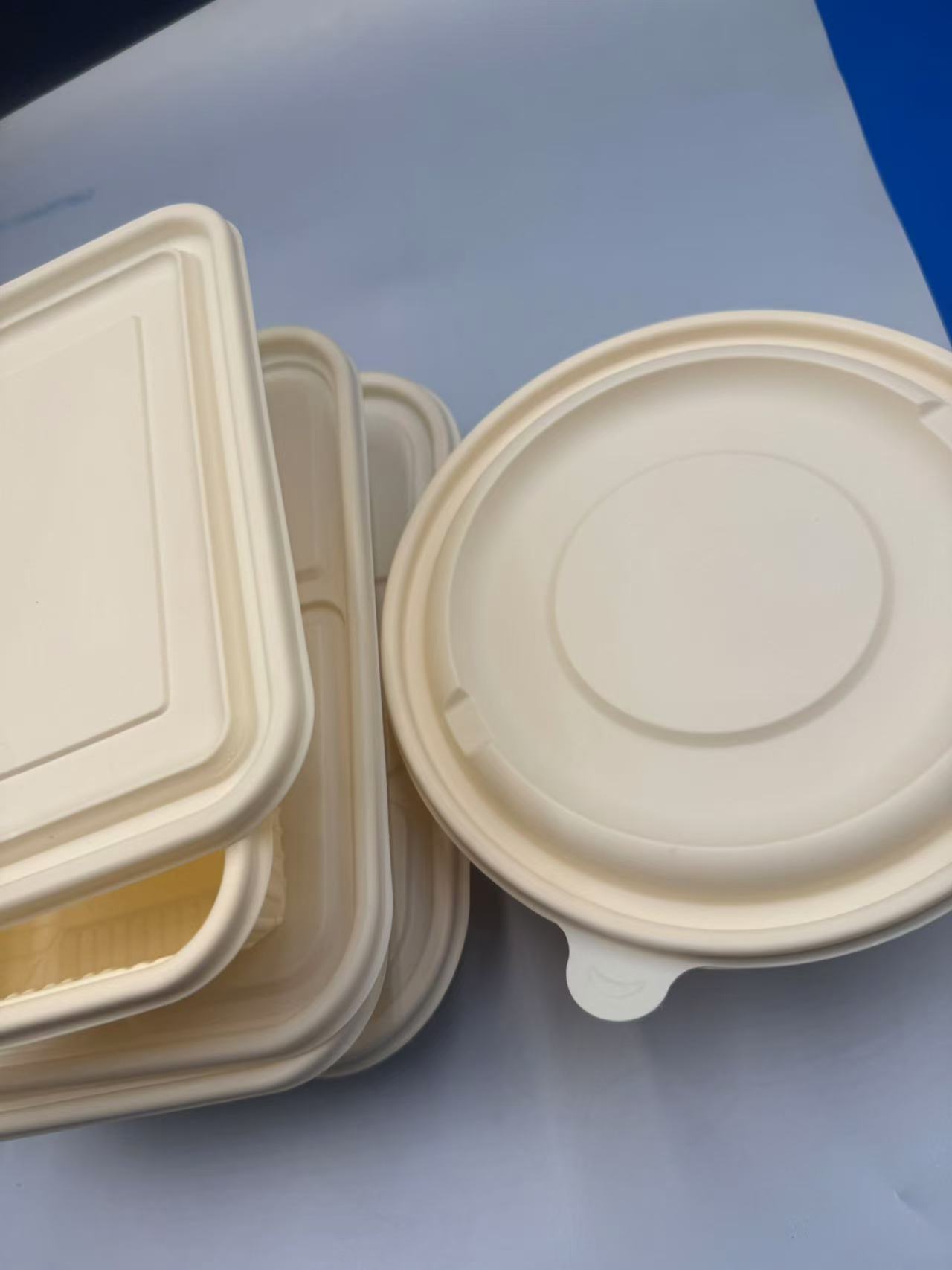
Customizable Design for Branding
Cornstarch trays can be molded into various shapes—rectangular for sandwiches, round for desserts, or compartmentalized for bento-style meals. They also accept natural dyes or embossing, allowing businesses to imprint logos or slogans. A bakery might offer cookies on a cornstarch tray stamped with its name, merging functionality with marketing flair.
In food packaging, cornstarch trays deliver convenience and sustainability, proving that disposable doesn’t have to mean wasteful.
Cornstarch Trays in Catering and Food Service
Catering and food service thrive on efficiency and presentation, often at the expense of environmental impact. Cornstarch trays step in as a game-changer, balancing practicality with a commitment to reducing waste in events and dining settings.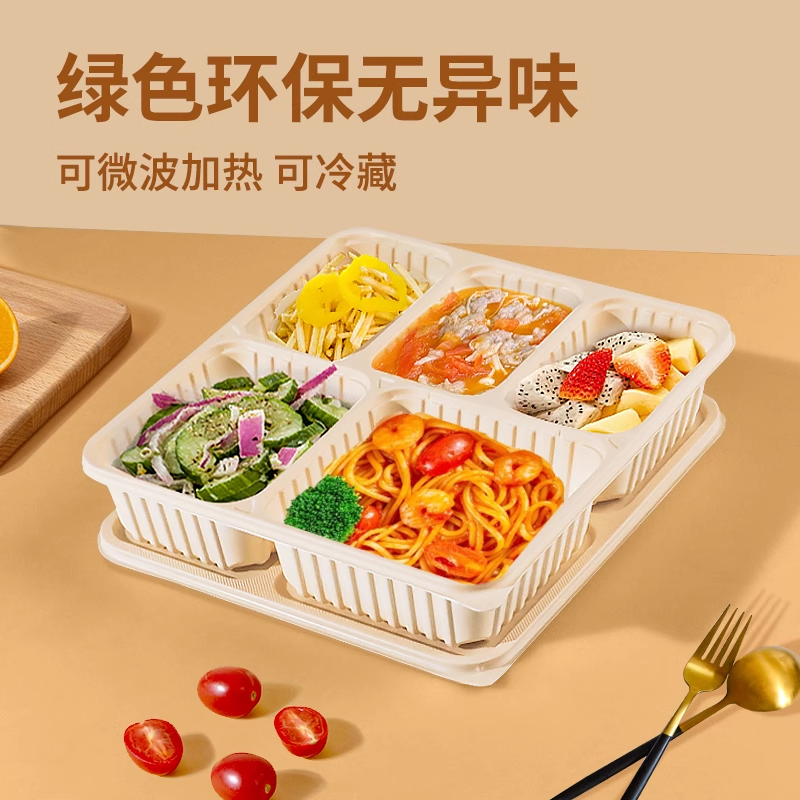
Versatile Event Serving
From weddings to corporate luncheons, cornstarch trays adapt to diverse needs. Their lightweight yet sturdy build supports buffet items like finger sandwiches or fruit platters, while their natural beige or off-white hue complements rustic or minimalist themes. Imagine a garden party where guests nibble hors d’oeuvres from cornstarch trays—once the event ends, the cleanup crew composts them, leaving no trace.Heat Tolerance for Warm Dishes
Caterers often serve hot foods, and cornstarch trays hold up admirably. A tray of roasted vegetables straight from the oven retains its integrity long enough for guests to enjoy their meal. While not suited for prolonged exposure to high heat, their performance with warm dishes—like a tray of lasagna bites at a reception—makes them a reliable choice.Reducing Waste at Scale
Large-scale events generate significant waste, but cornstarch trays mitigate this. A festival food stall serving hundreds might switch from foam plates to cornstarch trays, cutting down on non-degradable trash. Post-event, these trays can be collected for industrial composting, turning a logistical headache into an environmental win.
In catering and food service, cornstarch trays blend utility with eco-consciousness, offering a sustainable way to serve crowds without sacrificing style or function.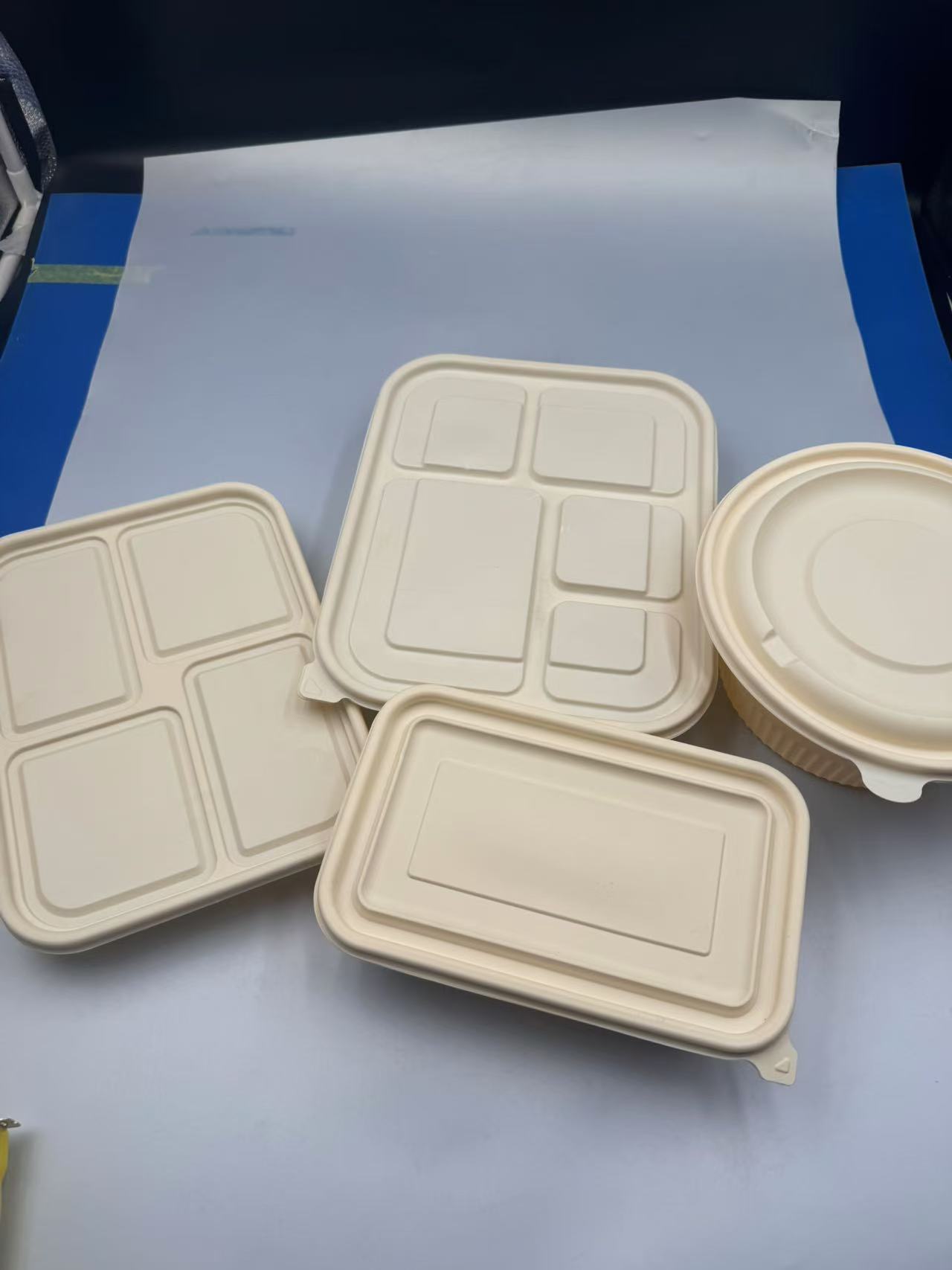
Cornstarch Trays in Industrial Uses
Beyond food, cornstarch trays find applications in industrial settings, where their biodegradability and versatility open new possibilities for packaging and organization.
Protective Packaging for Small Goods
Cornstarch trays serve as inserts or cushioning for fragile items like electronics or cosmetics. Their moldability allows for custom shapes—think a tray with slots cradling glass vials in a lab kit. While less durable than plastic for heavy machinery, they protect lightweight components during shipping, decomposing after their purpose is served.Agricultural and Horticultural Applications
In agriculture, cornstarch trays double as seedling starters. Farmers can plant seeds directly in small trays, then transfer them to soil—tray and all—where they break down naturally, enriching the earth. A nursery might use cornstarch trays to grow herbs, offering customers a product that’s both plant and package, reducing plastic pot waste.Temporary Storage and Organization
Factories or warehouses use cornstarch trays to sort small parts like screws or beads during assembly. Their lightweight nature simplifies handling, and their disposability eliminates the need to recycle complex materials. After use, they compost away, streamlining waste management in industrial workflows.
In industrial uses, cornstarch trays prove their adaptability, providing eco-friendly solutions for niche needs outside traditional packaging.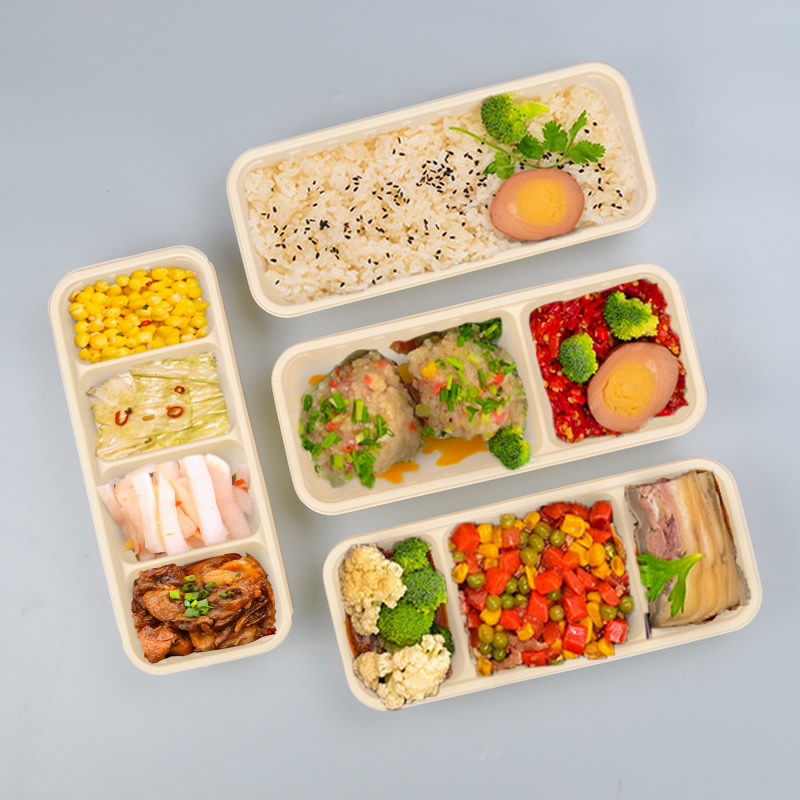
Conclusion
Cornstarch trays represent a fusion of innovation and responsibility, leveraging the natural bounty of corn to meet modern demands. Their biodegradability, renewable origins, strength, and versatility make them a standout choice in food packaging, catering, and industrial applications. In food service, they ensure safety and sustainability; in catering, they enhance events with minimal impact; in industry, they offer practical, green alternatives. As the world pivots toward sustainable practices, cornstarch trays stand as a beacon of what’s possible—proof that even disposable items can leave a positive legacy. With ongoing advancements in production, their role is set to expand, redefining how we package, serve, and protect in an eco-conscious age.